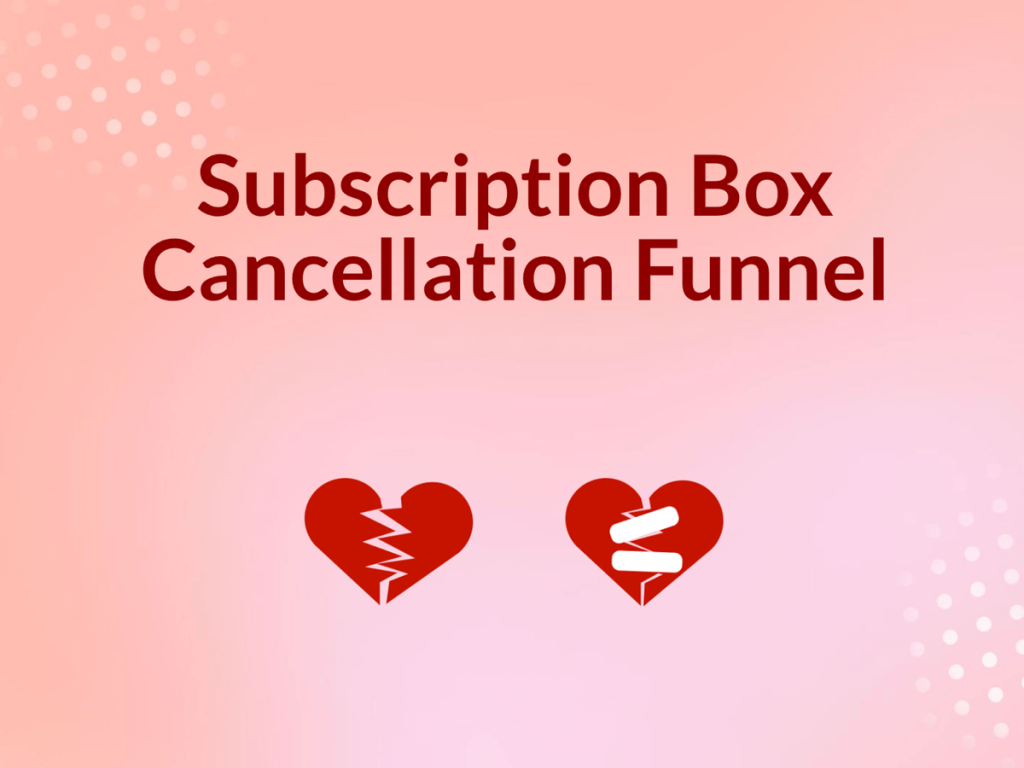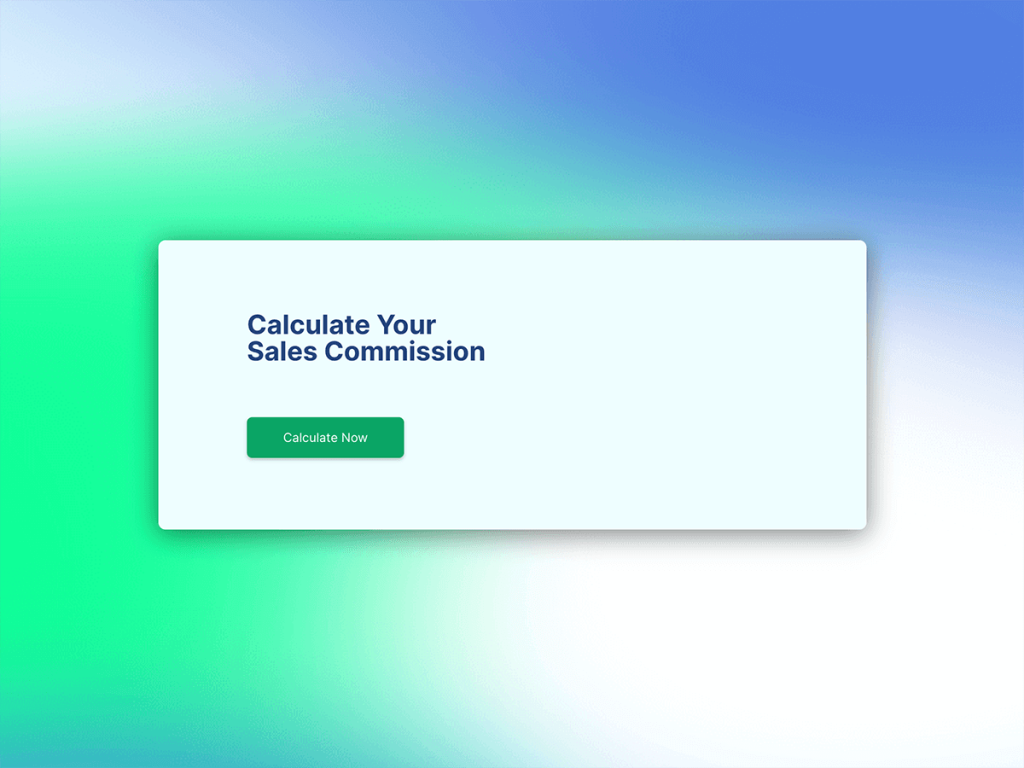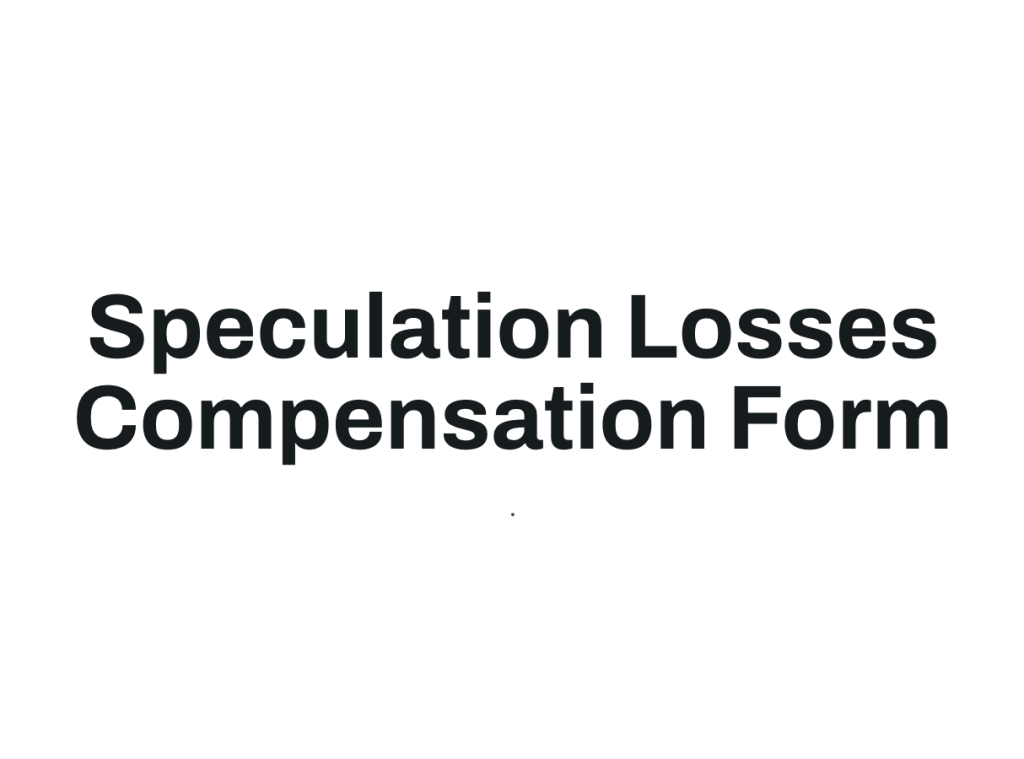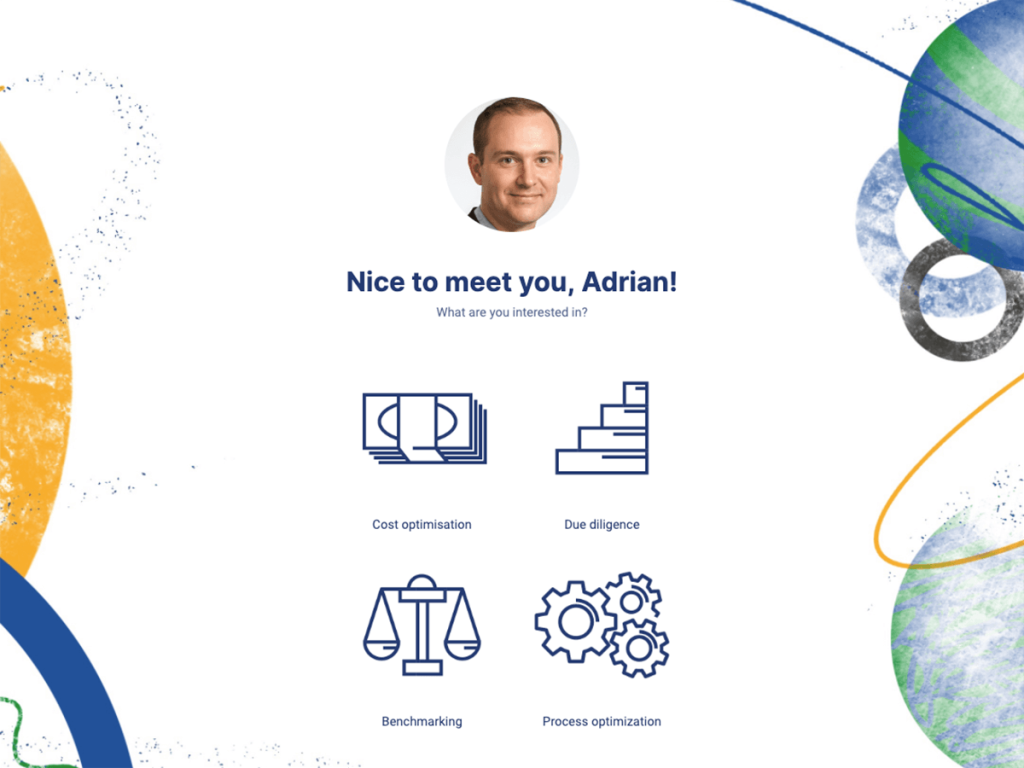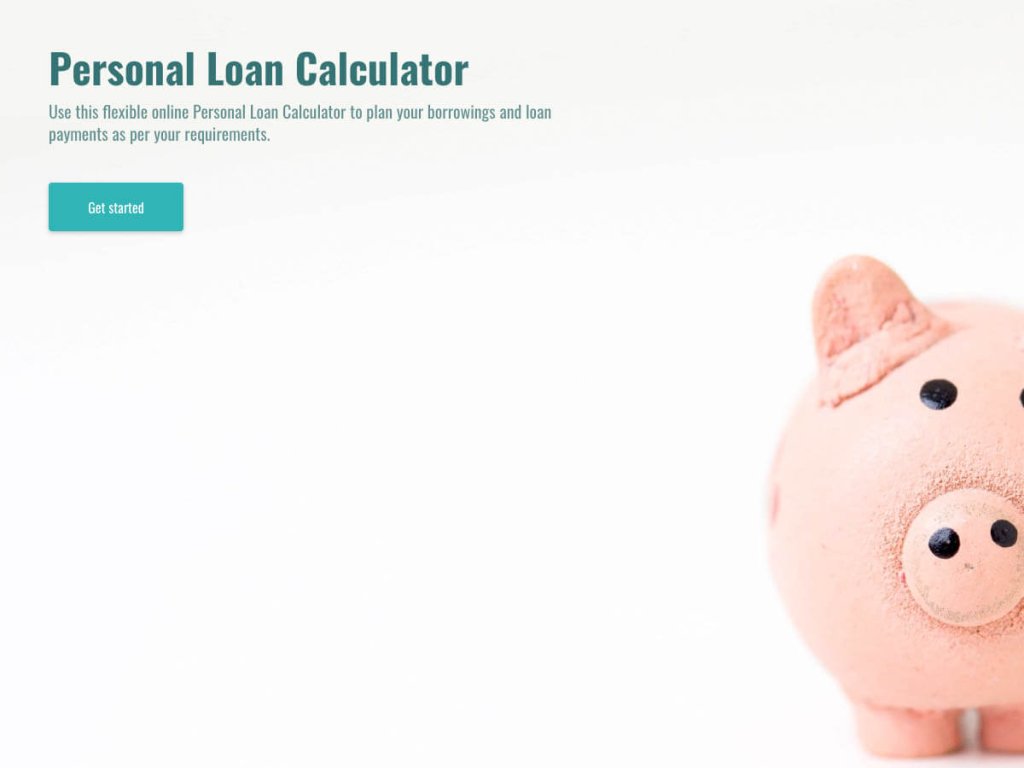Did you know that 96% of your website visitors will leave without making a purchase or even converting into leads? They’ll remain just that — visitors. While it’s true that you don’t want to convert everyone that visits your website, we always aim for a higher conversion rate to generate revenue from your traffic.
But how do you achieve that?
By optimizing your sales funnel.
According to Salesforce, “A sales funnel, stretching from early-stage brand discovery to final purchase, represents the customer journey.”
Optimizing your digital sales funnel is all about engaging your prospects at every touchpoint of the buying process. Thanks to digital transformation businesses have a better understanding of where their prospects are on the buyer’s journey and how to respond to the needs of a digital consumer.
And there have been many companies that have got it right.
Listed below are some of the top tried and tested tactics of creating a high-converting sales funnel that you can implement in your business.
Let’s check them out!
1. HelpScout
HelpScout is help-desk software that aids small businesses to streamline their service requests. It offers a live chat tool, email support, and help center that allows businesses to provide exemplary customer service to their customers.
HelpScout has improved its conversion rates through a very standardized but nevertheless powerful approach — Get a Demo CTA on the home page.
Why Does This Work?
HelpScout first identified its target market which was SMEs. Small Businesses have the need to be thoroughly educated and have enough assurance before investing in a product.
Demos work amazingly well for an educational approach. Many companies are yet to figure out how to use automation, how to use conversion tools, etc. If you’re the one giving them industry knowledge, you’re laying a strong foundation of trust.
This is exactly what HelpScout did. A great product demo helped them explain the strengths and competitive advantages of their solution, and how it ultimately fits under the overall strategy of a business. This helped them convert prospects into qualified leads.
Through its live demos, it also catered to customers who are in different stages of their journey. Customers can get free tutorials on product walkthroughs, the basics of using HelpScout, and training for current customers.
Other things that worked in HelpScout’s favor were its sleek design, and clear messaging on its home page.
2. Brevo
Sendinblue is an all-in-one marketing platform that helps companies build digital marketing campaigns and optimize their marketing efforts through automation. Some of the products that it provides are Email and SMS campaign management, A/B Testing and campaign scheduling, Advanced Segmentation and Customer Data Platform, etc.
Since Sendinblue provides tons of tools, it decided to convert prospects with free trials. And the major catch to it? No Credit Card required.
Why Does This Work?
A lot of SaaS marketers now adopt the “No Credit Card Required” approach. Prospects are more open to free trials when they don’t have any financial obligations. They have a positive experience and are more likely to become a paying customer.
Getting visitors to sign up is big progress in itself. Once that is done, companies can build targeted email campaigns and send personalized emails to push prospects further down the sales funnel.
Sendinblue’s site is built on the AIDA (Attention, Interest, Desire, Action) model. If the visitor isn’t keen at first, they can scroll down for the social proof, product information, and testimonials.
It has also built a very engaging Hero section with a simple H1 “Prepare to Takeoff”. The hero section CTA reads “Take a free test drive” which directs the visitor to the signup page.
3. CoSchedule
Coschedule is a content marketing tool that helps content creators schedule and plan their content for websites, social media, and other platforms. CoSchedule has built a strong sales funnel for capturing their audience’s interest and ultimately converting them into customers. And it joined the troop of opting for the freemium pricing model.
Freemium pricing includes a no-pricing model where customers can use your product free of cost.
In the case of Coschedule, it offers its headline analyzer tool for free which drives a lot of traffic to its premium offering of Headline Studio Pro. The free tool is available with no expiry date and no strings attached.
Why Does This Work?
Freemium pricing seems like a bold decision. But if you're confident about your product and have your existing vouch for it, you should definitely go for it.
You’re not promoting or sugarcoating. You’re letting the end-customer decide for themselves what your solution is capable of.
Let’s say you have a set of customers that are using your product for free and are very satisfied with the user experience. Once this trust is established, there are high chances that they will opt for the premium products as well.
This strategy doesn’t just work for the prospects at the bottom of the sales funnel. Consider the brand awareness a free tool generates for your business. You can leverage the free plan to ultimately establish a larger user base who have higher chances of moving down the funnel to become paid users.
4. Smart Passive Income (SPI)
Smart Passive Income is a resource site that aids upcoming and current entrepreneurs with content and training, to build an online business. From podcasts, blogs to step-by-step guides, and videos, it has built an impressive library of content that is targeted towards business growth.
Smart Passive Income has come a long way since its inception. And its credit largely goes to its email subscription. Through its opt-in emails from blogs, it has built a community where like-minded entrepreneurs come together and share their knowledge.
And SPI has laid out its message clear on the home page, “It's forever free, filled with exclusive content, and always optional.”
Why Does This Work?
Emails are a great medium of marketing. But you also don’t want to end up being one of the 2000 unopened mails in the prospect’s inbox.
Email opt-ins is an inbound marketing approach where you’re getting your prospect’s permission to receive communications from your brand.
You can only urge prospects to read your emails if they’ve willingly given you their email addresses for the sole purpose of receiving content from you.
SPI did just that. It is a business that functions on knowledge-sharing. Instead of creating clutter in the inbox, it allowed the prospect to sign-up to get regular content about their areas of interest.
And the best part of this method? You now have a list of qualified leads that have a genuine interest in your product and services. These generally have higher chances of turning into paid customers.
Conclusion
Optimizing the sales funnel doesn’t have to be difficult. In some cases, you can just increase conversion rates through powerful CTAs like HelpScout and offer free trials like Sendinblue.
But note that these businesses were very clear about their value proposition, about their goals, and thoroughly knew their audience. And if you have the same sense of understanding, there are higher chances of you driving your conversion rates and revenue growth.

